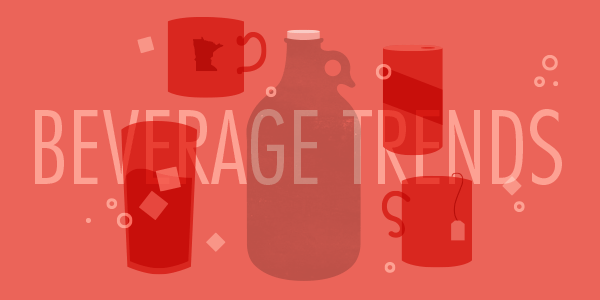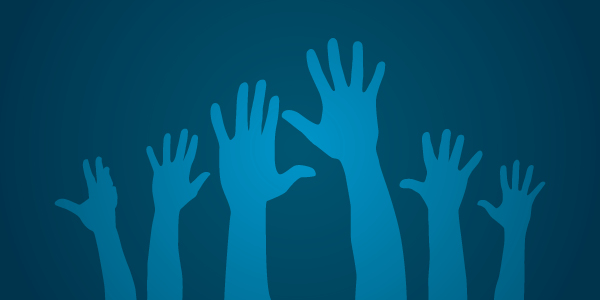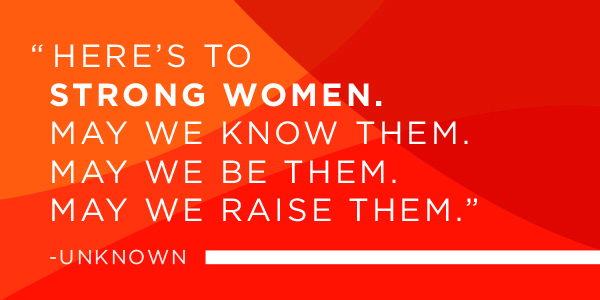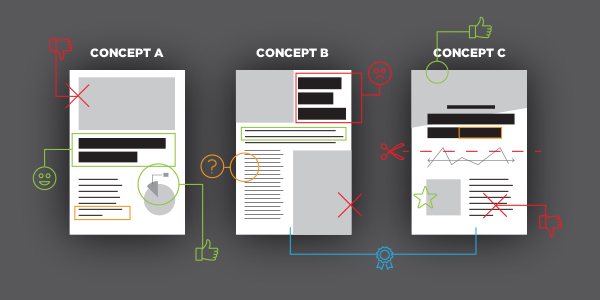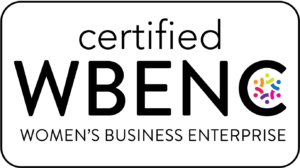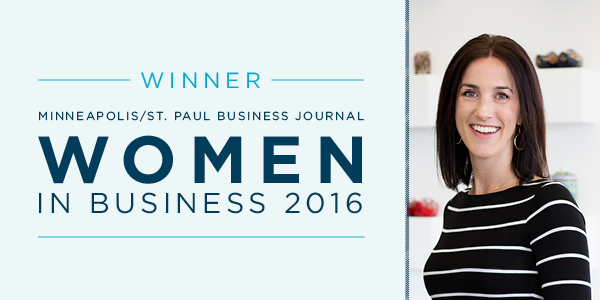
We’ve always known what a rock star she is, but now it’s official. Our very own Kasey Hatzung was named one of Minneapolis/St. Paul Business Journal’s 2016 Women in Business this past month.
Anyone who has met Kasey knows that she’s a woman who wears a lot of hats. Almost every hat in fact. At work she’s a designer, strategist, client consultant, sales and marketing lead, and overseer of operations. Outside of work, she’s a wife, mother, friend, volunteer and neighborhood networker.
She’s the whole package. And we’re lucky to have her as a boss and mentor. To view the other winners, visit MSP Business Journals.
May 23, 2016 | Culture
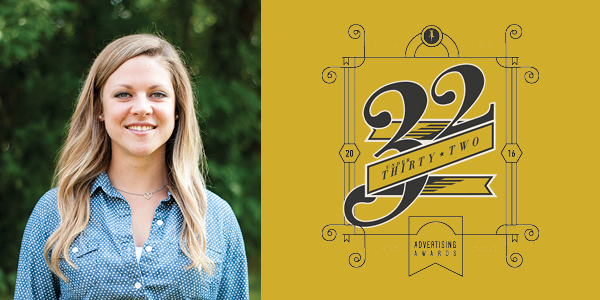
We believe our team is a key element of what makes Fusion Hill unique. So it’s with great excitement that we announce Amy Behrens, our director of research and strategy, has been named one of AdFed MN’s 32 Under 32 for 2016.
It’s often said that a good mentor teaches and a great leader inspires. As director of research and strategy, Amy drives strategic initiatives not only for her clients but also for her team. She’s a standout individual and a strong representative of Fusion Hill, and we’re thrilled that her innate leadership, warmth and wisdom were recognized and honored by her peers.
32 Under 32 showcases Minnesota’s next generation of advertising, marketing, and PR leaders who are moving the dial in the creative industry and showing leadership early in their career. More than 100 people were nominated this year, and the 32 chosen were honored at an event hosted by AdFed and Ad 2.
To view the other winners and nominees, visit 32 Under 32.
May 20, 2016 | Culture
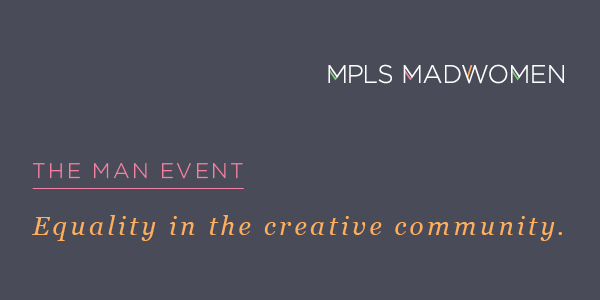
It’s no secret that men make up the majority of executive teams in the United States. There’s also a discrepancy between men and women leaders in the creative community. And while it can be an awkward and uncomfortable topic to discuss, it’s an important one.
We recently attended Mpls MadWomen’s “The Man Event” to gain actionable insight into this issue, and specifically, learn what men can do to support women. The event featured an all-male panel to discuss everything from parenthood to equal pay to work-life balance to “culture fit”– all with the intent of creating an open dialogue to support cross-gender collaboration and form a deeper understanding of it.
Here are some of the takeaways from the discussion:
We tend to get comfortable in our situation, so it’s important to look around – We all have unconscious biases. It’s easy to get comfortable in your setting and not notice underlying gender disparities. It is important to take a step back and acknowledge prejudices. It’s okay to ask difficult questions and learn from the people around you.
We need people to advance the culture, not just fit the culture – “Culture fit” is a term used in the creative community in reference to hiring people who match a company’s culture. However, this concept often leads to hiring similar candidates and not advancing diversity. There is beauty in people’s differences, and more agencies should be adapting to the candidates, not the other way around.
Don’t ever apologize for being a good parent – People have commitments outside of work that interfere with physically being at the office. This is just part of life. A great leadership team will get creative in finding ways to provide flexibility and will prioritize a work-life balance.
Get beyond “the pipeline problem” – It can be an easy out for men in leadership to blame the lack of women in executive positions on a smaller talent pool, but it’s not necessarily true, and it’s certainly not a solution. Sometimes it takes working a little harder to find diverse candidates; sometimes it takes doing a better job of investing in the growth and success of women in junior roles; and sometimes it requires taking a hard look at what internal factors might be making your workplace a less attractive option to female candidates.
These are steps we all must take as individuals and agencies, and we’re proud to be a part of a community that’s committed to changing the creative landscape. A big thanks to the panelists for opening up about their experiences, the audience for asking tough questions and the organization, Mpls MadWomen, for hosting the great event.
May 19, 2016 | Creative
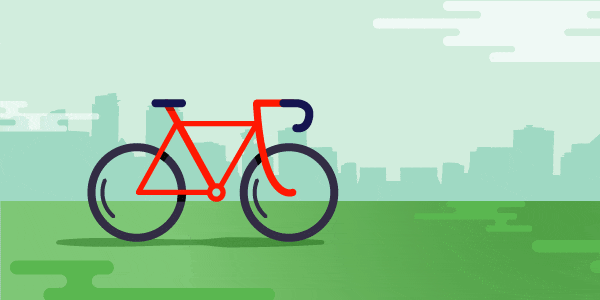
From planting trees at our neighborhood park to enjoying afternoons out on the patio – we’re fans of all things outdoors. But one activity stands out from the rest. Biking. With National Employee Health & Fitness Month in full swing and Bike to Work Day upon us, we thought we’d share how this great activity has become a part of our company culture.
The bike brigade, as we call them, organizes group rides to work, weekend trips to Hudson and everything in between. They’re always up for a ride, no matter when, who, where or why. When it comes to this fun sport, they do it all.
We all know, and love, that biking to work has environmental and health benefits, but it also enhances creativity. ‘Active bodies, active minds,’ as we say. It can be easy to get locked into routine and forget to exercise your imaginative side. At Fusion Hill, our brigade will tell you this is not the case. Many of our researchers and creative team members credit their morning ride with being able to use their imagination and create best-in-class work.
So, the next time you’re in a rut, you want some exercise or you just want a fun way to get outside, bike on over to Northeast and say hello.
May 18, 2016 | Culture
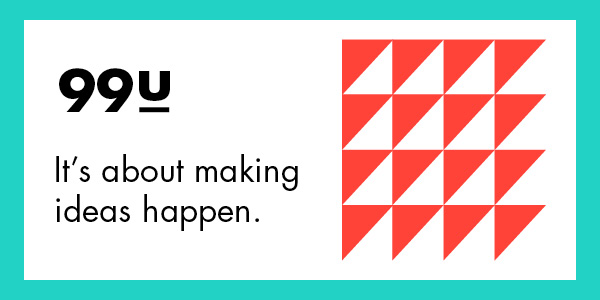
“Genius is 1% inspiration and 99% perspiration.” – Thomas Edison
This concept — putting ideas into action — is the driving force behind the 99U Conference, which two of our designers recently attended in New York City. 99U features some of the top authors, designers, creators and business owners all over the world from companies like Buzzfeed, Basecamp, The New York Times and Project Greenlight, to name a few. The speakers, along with master classes and studio visits to the likes of Shake Shack, MoMA, and Shinola, foster a learning culture and an environment for people to share insights on how to shift the focus from idea generation to idea execution.
The speakers and topics were diverse, but they all shared common threads on this basic question: How do you bring ideas to life?
- Know thyself. Know what you do and why, know what you need (is it help?), and know how you lead and how you participate (the good and the bad).
- Don’t let failure get personal. Rise above the obstacles.
- Sweat the small stuff. Design is in the details, so make it the best you can.
- Find yourself some peace. A creative mind is a calm mind and better able to create more successful solutions.
- Trials and blessings are the same thing. See them as such and you’ll never be stuck for long.
- Begin with the end in mind. Think about what you want people to say about your impact or the impact of your brand, and then devise a step-by-step plan to get there.
- Invite yourself to the table. Create opportunities without permission; the table needs your voice.
- Fall madly out of love with something you’re doing. Be creative with your process and your projects will benefit.
It is not enough to have a great idea. To give it wings, you must grow, plan, advocate, defend and share it.
Above quotes by: Effie Brown, Ryan Carson, Jason Fried, Ryan Holiday, Maria Konnikova, Tristan Walker, Jeff Sheldon and Kristy Tillman
May 16, 2016 | Creative, Culture






